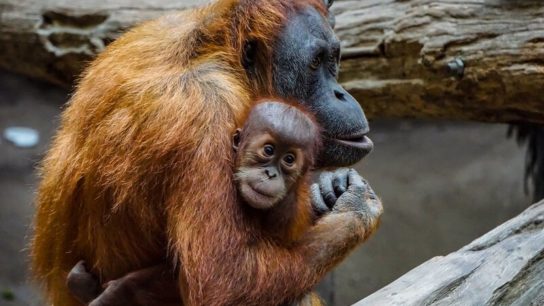This weekly round-up brings you key climate news from the past seven days, including a report indicating that summer 20233 was the hottest ever recorded globally and a new study on the economic cost of invasive species.
—
1. Summer 2023 Was the Hottest on Record Globally by a ‘Large Margin’, Scientists Say
Summer 2023 was the warmest on record globally by a “large margin,” the European Union’s Earth observation agency confirmed on Wednesday.
The average global temperature between June and August was 16.77C (62.18F), 0.66C above the 1990-2020 average. In Europe – the world’s fastest-warming continent, warming twice as fast as any other continent – temperatures were 0.83C above average at around 19.63C (67.33F), according to the analysis published Wednesday by the EU’s Climate Change Copernicus Service.
Extreme temperatures did not only affect people around the world but also marine ecosystems, as sea and ocean temperatures reached their warmest surface temperatures on record. August as a whole saw the highest global monthly average sea surface temperatures ever recorded across all months, while daily temperature records were broken every day from July 31 to August 31, according to Copernicus data.
Read more here.
2. Invasive Species Cost Global Economy $423bn Each Year, Threaten Ecosystems and Food Security: Report
More than 3,500 invasive species introduced by human activities to regions and biomes worldwide pose a serious threat to human health, food security, and biodiversity, costing the global economy $423 billion each year, new research suggests.
The new analysis, published Monday by the Intergovernmental Science-Policy Platform on Biodiversity and Ecosystem Services (IPBES), the leading UN body on biodiversity and conservation, said that of the at least 37,000 alien species established worldwide, more than 3,500 pose huge threats to humans and ecosystems worldwide, impacting especially communities with the greatest direct dependence on nature, such as Indigenous Peoples. These include 1,061 plants, 1,852 invertebrates, 461 vertebrates, and 141 microbes.
Invasive species are non-native organisms – such as animals, plants, fungi, and microorganisms – that grow and spread quickly, endangering native organisms, ecosystems, and human health. They can manifest as destructive crop or forest pests, for example, destroying native plants and animals. Invasive mosquitos can spread diseases such as dengue fever, malaria, Zika, and West Nile, endangering human health. In Guam, an island in the South Pacific, Brown tree snakes, which were accidentally brought there in the late 1940s or early 1950s, are responsible for the extinction of nine of the island’s 11 forest-dwelling bird species.
Read more here.
3. Marine Dredging Industry Digs Up Sand at ‘Alarming’ Rate, Threatening Biodiversity and Coastal Communities: UN Report
Between 4 and 8 billion tons of sand and other sediments are extracted from the marine environment each year, posing a significant threat to biodiversity and coastal communities, the UN’s global data platform monitoring the marine dredging industry revealed on Tuesday.
The Marine Sand Watch, a platform designed by the UN Environment Programme (UNEP) and GRID-Geneva to monitor large vessels engaged in dredging activities in the marine environment, warned that the scale of dredging is growing at an “alarming” rate, well beyond the rate at which it is being replenished from rivers. Sand is necessary to maintain the structure and function of coastal and marine ecosystems.
Hotspots for sand dredging around the world include the North Sea, the US East Coast, and Southeast Asia, though some Southeast Asian countries including Indonesia, Malaysia, Vietnam, and Cambodia have banned marine sand exports in the last two decades. China, the US, as well as the Netherlands and Belgium have some of the world’s most active and advanced dredging industries.
Read more here.
4. Heaviest Rain in at Least 140 Years Batters Hong Kong as Climate Crisis Intensifies
Hong Kong woke up to submerged streets, shops, and metro stations, as torrential rain deluged the city in the early hours of Friday, prompting authorities to shut schools and businesses and suspend several transport services.
Between 11 pm HKT on Thursday and midnight on Friday (1500 to 1600 GMT on Thursday), the city recorded 158.1 mm of rain, the highest hourly rainfall since records began in 1884, prompting the city’s weather bureau to issue the highest “black” rainstorm warning. During the night, the city’s leader Chief Executive John Lee instructed a number of departments – including the Drainage Services and the Highways Department – to “respond with all-out efforts.”
According to the Hong Kong Weather Observatory (HKO), the torrential rain was brought by the “trough of low pressure associated with the remnant of [Typhoon] Haikui,” which left a trail of destruction in Taiwan before making landfall in China’s Fujian province earlier this week.
Read more here.

















